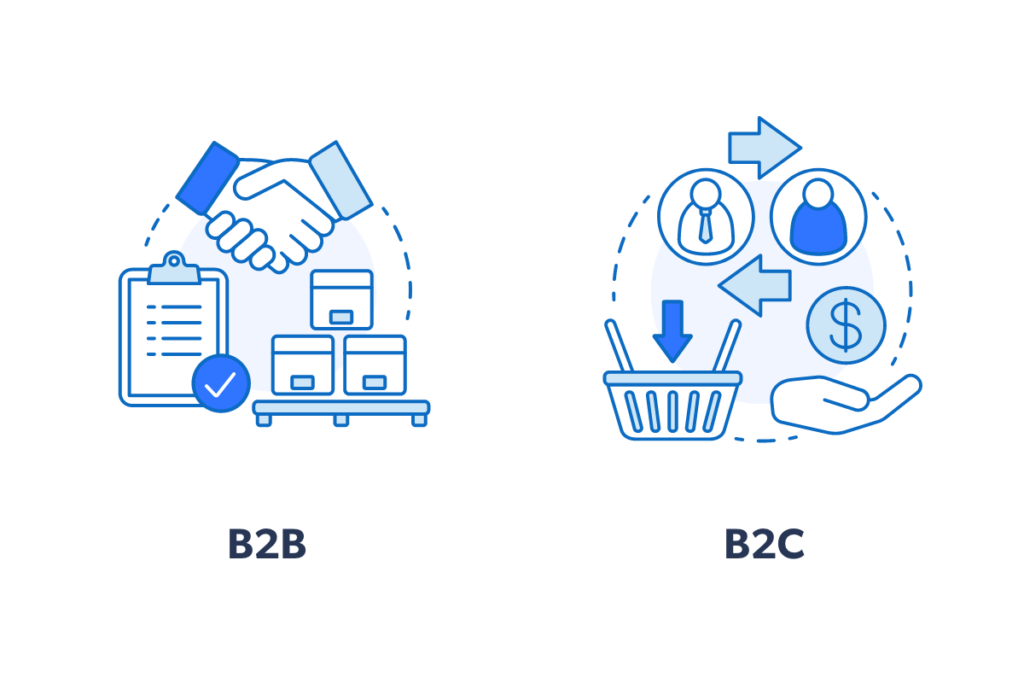Best techniques for improving open source model accuracy for B2B/B2C use cases
📅 Published on July 30, 2024
What are the best techniques for improving the accuracy of Open Source Models for Specific B2B/B2C Use Cases?
When optimizing open-source models for B2B use cases, techniques can be divided into two categories: those that update the model and those that do not.

I. Updating the model
1. Supervised fine-tuning
Supervised fine-tuning involves adjusting the parameters of a model to better fit a specific use case. One can choose to either fine-tune all the parameters or just a part of the model. The latter approach is known as Parameter-Efficient Fine-Tuning (PEFT).
One of the most widely-used PEFT methods is LoRA (Low-Rank Adaptation).
a. Advantages of LoRA
- Cost-efficiency: Lower computational costs due to its minimal GPU requirements.
- Business adaptability: High accuracy makes it suitable for specific business use cases.
b. Downsides of LoRA
- Interactive AI constraints: For interactive AI, it is necessary to anticipate every possible conversation scenario.
- Reasoning limitations: Since LoRA relies heavily on question-and-answer datasets, the model may struggle when faced with situations beyond its initial training scope.
2. Reinforced fine-tuning
For more advanced optimization, reinforced fine-tuning offers two key methods:
- Direct Preference Optimization (DPO): DPO combines aspects of LoRA with reinforcement learning, offering a simpler approach to model fine-tuning. It is an effective way to enhance model performance without needing an overly complex setup.
- Reinforcement Learning (RL): RL is known for producing more nuanced predictions, making it possible for the model to solve problems that were not included in the initial dataset. However, RL requires a reward model to guide the learning process.
Reinforcement learning can enhance a model’s ability to adapt to unforeseen situations, a key advantage when dealing with dynamic environments. However, its complexity and the need for a reward model can make it resource-intensive.
When optimizing open-source models for B2B and B2C use cases, fine-tuning techniques such as LoRA and reinforcement learning can significantly improve accuracy and performance. Depending on the use case, one can choose a method that either requires direct updates to the model or works within existing parameters to maximize efficiency.
For businesses aiming to optimize their models for specific use cases, techniques like supervised fine-tuning and reinforced learning offer a flexible and powerful way to achieve high accuracy while keeping computational costs manageable.
II. Without updating model
When improving the accuracy and performance of open-source models, certain techniques can enhance results without the need for model updates. This approach is ideal for B2B and B2C use cases where flexibility and context are key. Let’s explore the top methods: Prompt Tuning, RAG (Retrieval-Augmented Generation), and Explanation Tuning.
1. Prompt tuning and RAG
a. Prompt Tuning
This technique allows for the addition of extra business information before inference. Hidden prompts are injected alongside the user’s prompt to offer additional context, enriching the model’s responses without altering the core model itself.
b. Dynamic inference requirement
Dynamic inference plays a crucial role here. It allows you to integrate variables into the model’s output and connect it to a backend system. This method is present in almost all our models, providing enhanced flexibility and dynamic results.
c. Retrieval-Augmented Generation (RAG)
Similar to prompt tuning but with the added advantage of storing and retrieving information from a vector database. RAG uses similarity algorithms to fetch relevant data, which improves the accuracy and contextuality of the responses. This method is particularly useful in real-world environments that require up-to-date and context-rich information.
d. Downside
- Static Model Nature: Both prompt tuning and RAG rely on predefined information. The model does not evolve over time, meaning you must have a deep understanding of data flow for RAG or anticipate every contextual situation when using prompt tuning.
2. Explanation tuning
A more advanced approach known as Explanation Tuning has been highlighted in the Orca research paper. This technique focuses on improving the reasoning capabilities of the model for each sample, allowing it to deliver more specific business expertise based on the provided context. Explanation Tuning can be used in both fine-tuning and prompt tuning processes.
III. Which is the best method?
It depends. There’s no one-size-fits-all solution. In many cases, you may need to combine multiple techniques depending on the specific use case. Each method brings its own advantages, and their effectiveness will vary based on the application at hand.
